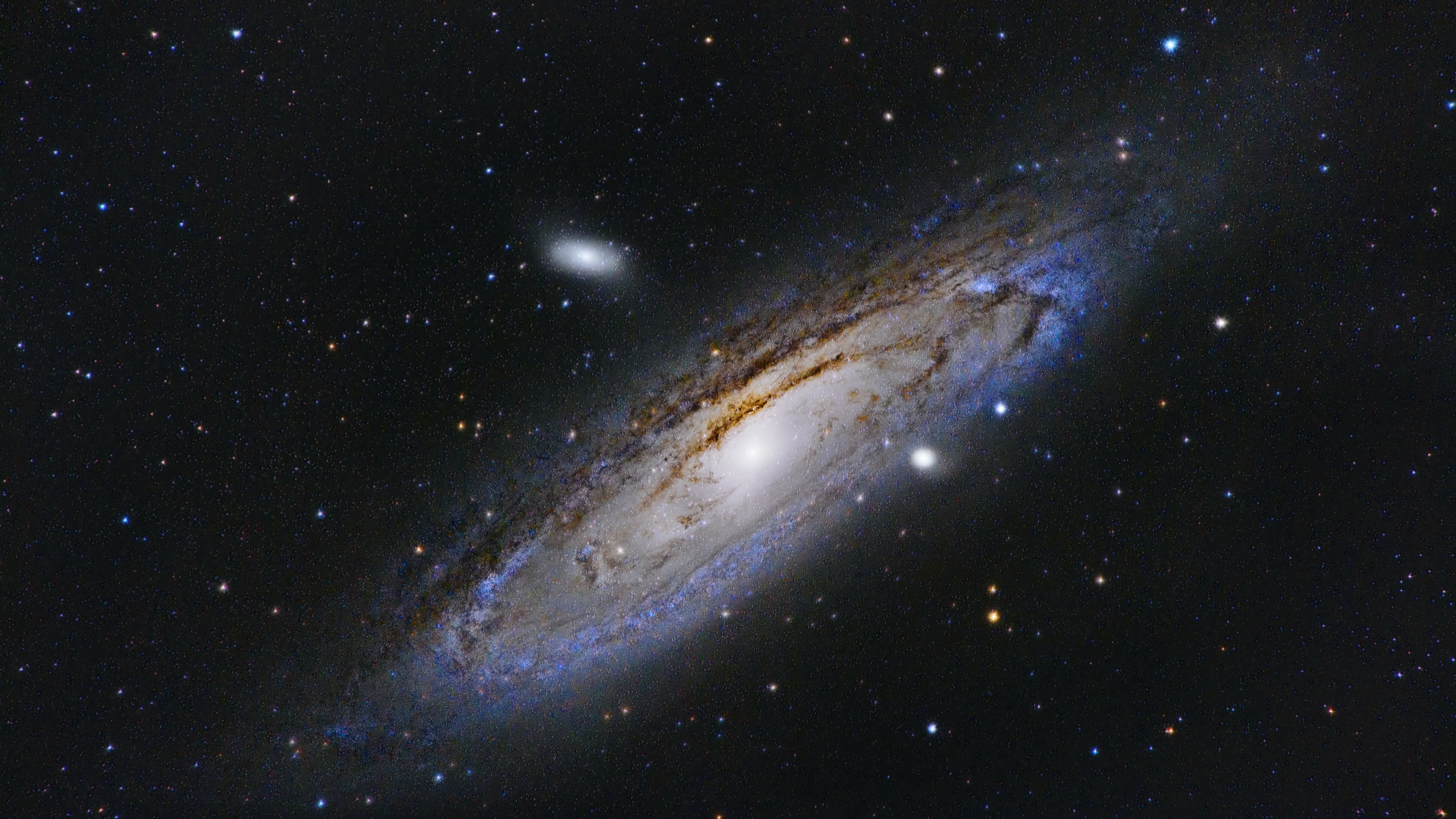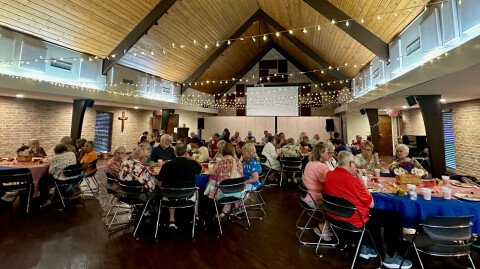TLDR: We find God in all of the Eucharistic Prayers, including Eucharistic Prayer C.
The truth is that I have missed all of you a great deal while I was away. It was lovely to come back and celebrate the Eucharist with the Youth at Camp Eagle. While I was there, I used a different Eucharistic Prayer, Prayer C. It is called the Star Wars prayer, which is funny and not always kind.
I used Eucharistic Prayer C this for three reasons, the first is that I think the language of the Eucharist Prayer fits in well with mission trips: the idea that we are all tied together with one faith is very powerful. Second, I think it is important that we, as Episcopalians, are familiar with all of our Eucharist Prayers. Third, it is my favorite Eucharistic prayer, or at least it was before I was ordained.
The reason this prayer has such warmth in my heart is that it has a great deal of congregational response. My personal theology is that the Spirit is moving into the Eucharist to make the elements (the bread and wine) the “real presence” of Christ. I think the Spirit does this through all of those who are gathered and through the saints of the church.[1] I love how the prayer includes all the orders, it is not me as the ordained person, it is all of us as God’s body on earth together. Now, the tricky part of this prayer is that it means that the congregation must pay particular attention during the prayer.
When I became a youth director (about 100 years ago), the prayer spoke to me because I realized many youth were very hard on themselves. It is a time of transition when they, as young people, often do not know what to do with their feelings. To me, this prayer was a way to remind them where they stood within the order of creation. The prayer is actually fairly penitential,
From the primal elements you brought forth the human race,
and blessed us with memory, reason, and skill. You made us
the rulers of creation. But we turned against you, and betrayed
your trust; and we turned against one another.[2]
As you may remember, I grew up in a congregational setting. This means that the church as a congregation took a leadership role in the church. Some of this was helpful, some was not. What moved me into the Episcopal Church was that it was about a communal church. The church was not one individual living alone interpreting the Bible. This prayer uses our collective memory.
The unique part of this prayer is that the sanctification happens before the institution narrative. The sanctification is when we ask the Holy Spirit to descend upon the gifts and make them the real presence of Christ,
And so, Father, we who have been redeemed by him, and
made a new people by water and the Spirit, now bring before
you these gifts. Sanctify them by your Holy Spirit to be the
Body and Blood of Jesus Christ our Lord.
The institution narrative, which follows the sanctification, reminds us of the last supper and why we are having communion. In the other Eucharistic prayers, the sanctification happens after the institution narrative.
The language used in this prayer is from Exodus 3:15-6, 1 Chronicles 12:17, and 29:18.[3] I like that this language is used here and that it is similar to the prayers used in the collects surrounding Easter. My liturgy professor used to say that Easter is a big Sunday celebration. Each week we celebrate and feast that the Lord is risen. I find it heart warming that Eucharistic Prayer C reminds us of this fact.
I hope you will take some time and read over the prayer yourself.
For His Sake,
Mtr. Beth Anne +
[1] I a using the term saints to mean all past believers, not specifically canonized saints.
[2] Book of Common Prayer (1979). p.370
[3] This and most of the background information can be found in an extended form in Hatchett, M.J. (1980). Commentary on the American Prayer Book. New York: Seabury. pp.376-377





